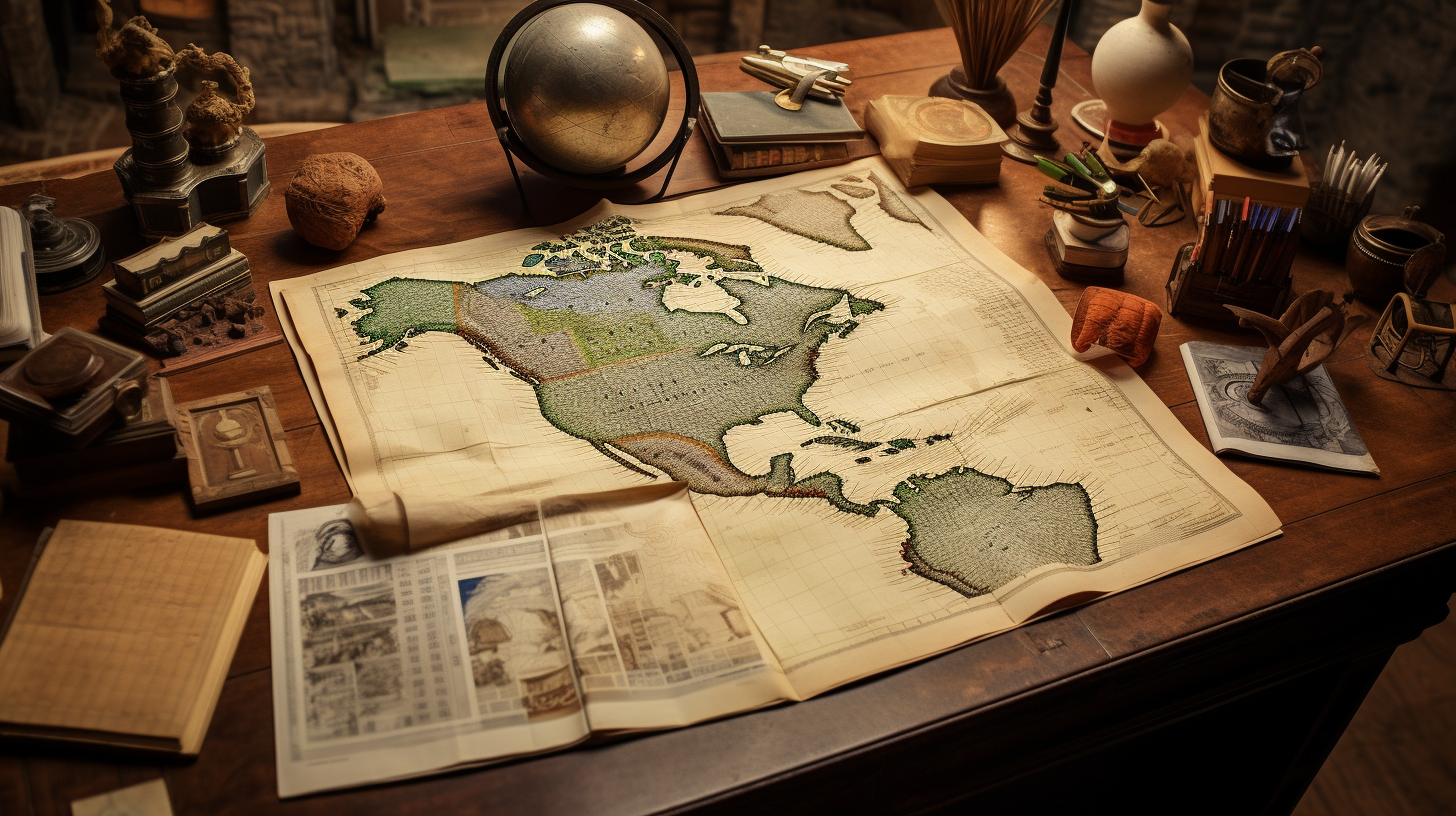
Articles

Mexican States
Southwest United States
Heritage and Governance
The Coahuiltecans Over Time: Past and Present
For hundreds of years, the lowlands of northeastern Mexico and southern Texas were occupied by hundreds of small, autonomous Indian groups that lived by hunting and gathering. We call these Indians Coahuiltecans to denote the broader geographic range they shared. They spoke many languages, some of which were not believed to be related. As such, Coahuiltecan is not an ethnic classification.
Tracing Your Indigenous Roots in Northeast Mexico and Texas
Learn to trace your indigenous roots in northeastern Mexico and south Texas. Historian, genealogist, and author John P. Schmal will discuss the various tribal groups inhabiting this region; research techniques for finding your ancestors in this area; and helpful websites.
The Indigenous People of Northeastern Mexico: Past and Present
Today, in the northeast corner of Mexico, there are two Mexican states, Tamaulipas and Nuevo León. When the Spaniards arrived in this area in 16th Century, they were confronted by a large number of hostile indigenous tribes. Over time, the Coahuiltecans – the dominant linguistic group in the region – were weakened by epidemics, warfare, the Spanish encomienda, forced slavery, dispersion and general demoralization. With the Spaniards coming from the south and Apaches and Comanches attacking from the north, the Coahuiltecans declined significantly within the period of a century, many of them seeking refuge in the Spanish missions.
Dual Identity: The Indigenous Peoples Who Occupy the U.S.-Mexico Borderlands
This presentation discusses the native groups that occupied the regions adjacent to and on both sides of the U.S.-Mexico border over the last three centuries. While some of these tribes are well-known to us today (i.e., the Yaquis, Tohono O'odham, Kumeyaay, Cocopah, etc.), tribal groups that have disappeared as distinguishable cultural entities (i.e., Carrizos, Mansos, Jocome, Coahuiltecans, etc.) will also be discussed. In addition to the history of those tribes, we will explore the current status of the tribal communities that still exist today.
Indigenous Northeastern Mexico: The Ancestors of the Tejanos
Among all the indigenous people of Mexico, understanding the Indians of Northeastern Mexico is very challenging, as nearly all of these tribal groups have disappeared as “distinguishable cultural entities.” The largest ethnic group ̶ the Coahuiltecans ̶ ranged through much of the northeast, including parts of Coahuila, Nuevo León, Tamaulipas and southern Texas. Today they do not exist.
Indigenous Nuevo León: A Region of Small, Mutually Antagonistic Tribes
Some historical sources have referred to four primary indigenous groups inhabiting Nuevo León at the Spanish contact in the late 1500s. They included the Alazapas in the north, the Guachichiles in the south, the Borrados in the east and Coahuiltecans in the west. In essence all of these groups had ties to either the Coahuiltecans or the Tamaulipec bands (who were, in essence, a sub- group of the Coahuiltecans). The Coahuiltecan tribes were made up of hundreds of small autonomous bands of hunter-gatherers who ranged over eastern Coahuila, northern Tamaulipas, most of Nuevo León and southern Texas.
Indigenous Nuevo León: Land of the Coahuiltecans
The State of Nuevo León is located in the northeast of México and touches the United States of America to the north along 14 kilometers of the Texas border. Nuevo Leon is surrounded by the states of Coahuila, Tamaulipas, San Luis Potosí, and Zacatecas. Nuevo Leon is made up of 64,156 square kilometers, which is equal to 3.3% of the national territory and makes the state the 13th largest state of Mexico. Politically, the state is divided into fifty-one municipios.

Article Categories
- Aguascalientes 12
- Arizona 4
- Baja California 5
- Baja California Sur 2
- California 14
- Campeche 5
- Census 34
- Chiapas 4
- Chihuahua 13
- Coahuila 8
- Colima 1
- Conquistador Chronicles 2
- Durango 2
- Ethnic Identity 34
- Genealogy 32
- Guanajuato 7
- Guerrero 8
- Hidalgo 2
- Indigenous Insights 91
- Jalisco 23
- Mexico City 10
- Michoacan 6
- Morelos 4
- Nayarit 3
- New Mexico 3
- Nuevo Leon 7
- Oaxaca 5
- Politics 10
- Puebla 5
- Queretaro 1
- Quintana Roo 5
- San Luis Potosi 9
- Sinaloa 5
- Sonora 16
- Southwest US 23
- State of Mexico 6
- Tabasco 4
- Tamaulipas 11
- Texas 6
- Tlaxcala 6
- Veracruz 7
- Yucatan 5
- Zacatecas 11







